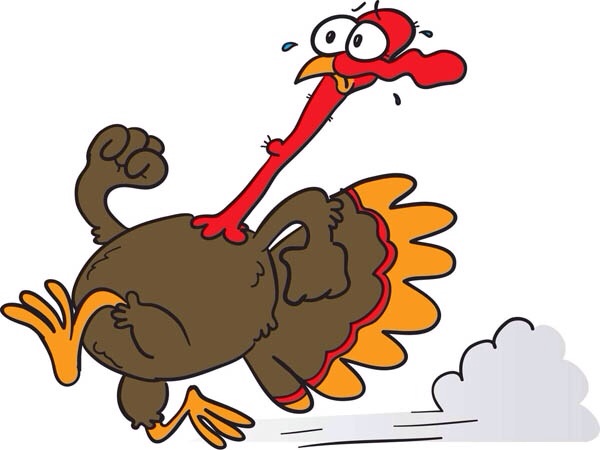Foot Pain Secondary to the “Minimalist” Running Shoe Transition
Foot Pain Secondary to the “Minimalist” Running Shoe Transition
by Dr. Nicholas A Campitelli – Podiatric Medicine and Surgery
As we transition, we are recruiting and utilizing muscles in our feet that we haven’t used in years. These are the intrinsic muscles. The intrinsic muscles perform the functions of flexing and extending toes, abducting and adducting the digits, and stabilizing the joints of the toes or the metatarsophalangeal joints (MPJs.) We discussed calf pain in a previous post that is due to eccentric contractions and delayed onset muscle soreness. The same scenario is occurring with the foot musculature.
Let’s review the muscles to better understand the reason for the location of the pain.
The extensor digitorum / hallucis brevis muscle belly originates on the lateral or side of the foot. The muscle belly commonly swells and enlarges after activity.

 It is Common to experience pain in this muscle belly.
It is Common to experience pain in this muscle belly.
The dorsal and plantar interossei are located between the metatarsal bones and help to stabilize the MPJs as well as splay the toes. It is the hypertrophying of these muscles that leads to the “splaying” we may see after wearing FiveFingers over several months to years.

Pain to the forefoot area that is “pinpoint” over the metatarsal bones, and close to the toe, could represent a stress fracture. Xrays need to be performed if this pain persists.

Pain to the plantar aspect (bottom) of the foot over the metatarsal heads is common secondary to the repetitive pounding but should resolve as you adapt and learn to land softly.
Remember, most muscular pain will worsen upon arising in the am as the muscle is cold, and then will ease up as we move around and “warm up” the muscles. If it does not improve, see your physician for radiographs.
Related Posts
-
 The Turkey Trot. Well sort of.
No Comments | Nov 28, 2013
The Turkey Trot. Well sort of.
No Comments | Nov 28, 2013 -
 Dr. Mark Cucuzzella – He can crush you with his knowledge podcasts.
No Comments | Apr 25, 2013
Dr. Mark Cucuzzella – He can crush you with his knowledge podcasts.
No Comments | Apr 25, 2013 -
 Ryan Hall to run Costa Rican Half Marathon on May 26th.
No Comments | May 22, 2013
Ryan Hall to run Costa Rican Half Marathon on May 26th.
No Comments | May 22, 2013 -
 Hydration is Crucial: We can aid water intake by eating more vegetables.
No Comments | May 31, 2012
Hydration is Crucial: We can aid water intake by eating more vegetables.
No Comments | May 31, 2012
About The Author
Dr. Nick Campitelli
Dr. Campitelli is a podiatrist in Akron, OH specializing in foot and ankle surgery with an interest and enthusiasm for running as well as helping runners with injuries. For the past several years he has been treating running injuries in patients by fixing their form and transitioning them to minimalist shoes. Having treated runners with all types of injuries through conservative measures with orthotics and shoe gear changes to reconstructive foot and ankle surgery, Dr. Campitelli has brought what works best and is most current to his practice as well as the Akron and Cleveland running communities.



When it comes to running shoes, i always use those running shoes that are made of synthetic silicone rubber because they are sturdier. *:*:* Warmest regards health and fitness information
I’m not sure. Sorry!
Calf and thigh pain upon touching and flexing can result for a number of reasons, including sciatica, which produces pain along the path of your sciatic nerve that can be painful to the touch. Muscle cramps, strains and tears may also cause pain in your thighs and calves. Treatment and prevention options, such as cold packs, hot packs and stretching exercises, may help alleviate and prevent this discomfort in your legs. Consult your doctor regarding the specific nature of your pain.:
Remember to find out about our blog
<.http://www.healthmedicinelab.com/uti-symptoms/
Any suggestions for stretches for the dorsal muscles shown here? The golf ball massage works well for me for the plantar side, but not sure what to do for the extensor muscles show in your diagram. Thanks!